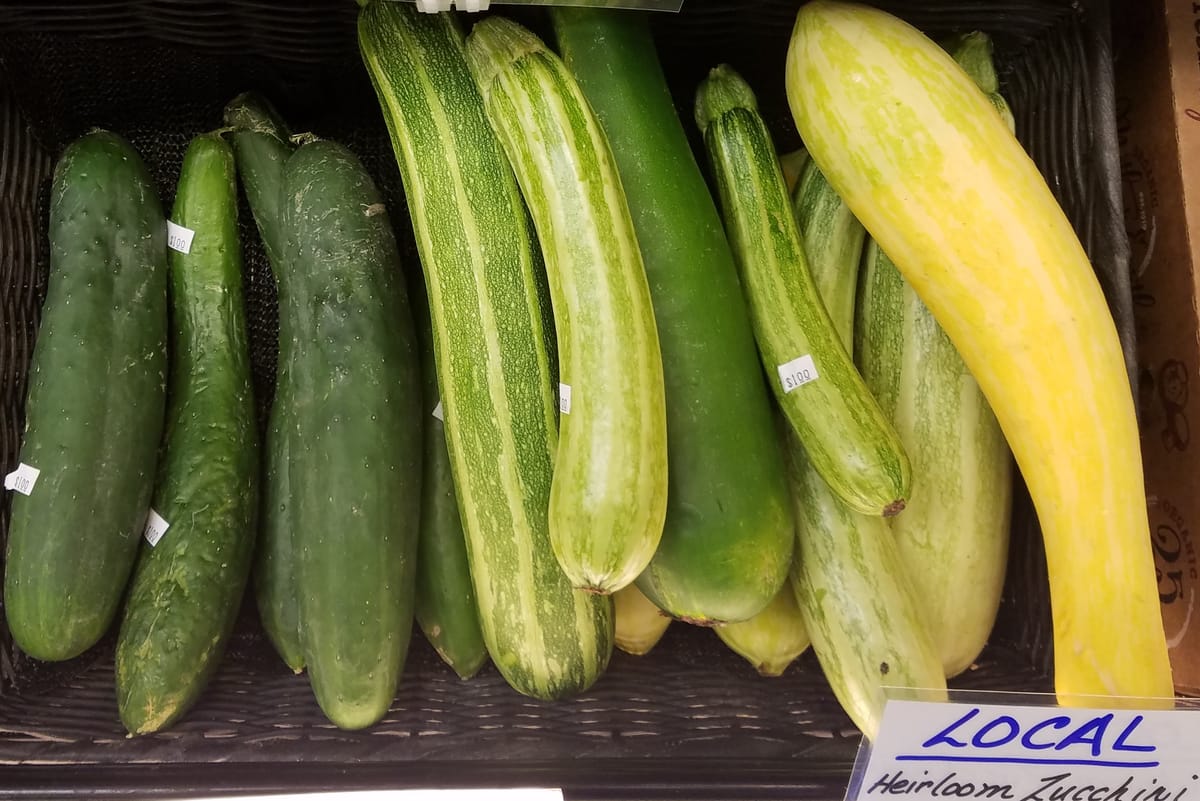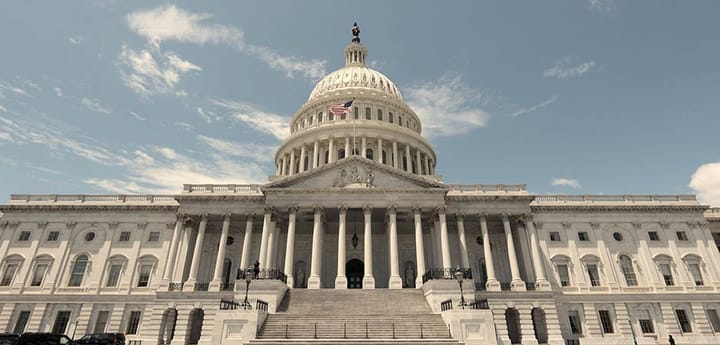On My Plate: Zucchini
"I was told that once folks in this small town recognize your car is left unlocked, surplus zucchini would be placed in it this time of year."

When I moved to Oxford many decades ago in August, I was warned to lock my car doors this month. As I had always lived in big cities, locking a car was a year-round habit, so why in Oxford only in August? Perhaps because the Miami students have returned? No, it was explained, because of zucchini.
I was told that once folks in this small town recognize your car is left unlocked, surplus zucchini would be placed in it this time of year. I dutifully locked my car, but after a few years of living in our peaceful small town, I was more casual about that, especially back when each of the four doors had to be locked separately and manually. Sure enough, one August, zucchini did indeed appear on the seat of my unlocked car.
Most internet sites assert that zucchini was brought to the United States by immigrants from Italy in the 1920s. The fruit is thought to have originated in Central America and was brought to Europe by Christopher Columbus. However, David Fairchild encountered zucchini in Santa Barbara, California, in 1898.
Fairchild (1869–1954), the long-time food spy for the U.S. Department of Agriculture (USDA), traveled around the world (many times) beginning in the 1890s, bringing back tens of thousands of cuttings, seeds and fruits to help expand options for U.S. farmers from their over-dependency on corn and wheat. Fairchild’s exploits are described in his 1938 autobiography, “The World Was My Garden,” and more recently in “The Food Explorer” by Daniel Stone.
In “The World Was My Garden,” Fairchild recounted a visit in 1898 to a nursery operated by an immigrant from Italy, where he was introduced to zucchini, which he arranged to have shipped back to the USDA in Washington for further analysis. Cavalier Emanuele Orazio Fenzi (1843-1924) was born into a wealthy family in Florence, Italy, where he developed interests in horticulture. In 1891, he emigrated to the United States, changed his name to Francesco Franceschi and founded the first nursery in Southern California, where he grew zucchini.
In recent years, surplus produce appears in person from friends at my front door rather than in my car. I am grateful for the generosity, even as we are challenged this time of year to use the abundance of local produce, such as zucchini.
Grilling is my most common use of our local zucchini. I’ve tried many methods, but the best match for this household is slicing a zucchini in half-inch disks, placing the disks on a very lightly oiled aluminum foil sheet, sprinkling with garlic and Italian spices (it’s zucchini – you have to use Italian spices) and grilling for five minutes per side. I’ve had less success with lathering the disks in oil, placing them directly on the grill or slicing them in shapes other than disks.

We’ve enjoyed spiralizing zucchini as a substitute for spaghetti, but the spiralizer broke, and Santa hasn’t yet replaced it. Zucchini can be frozen by cutting into cubes (first blanching quickly in boiled water is optional), but their composition is 95% water, so they will be mushy when thawed.
This column is appearing in the Aug. 22 print edition of the Oxford Free Press, the same day as our reception to celebrate one year of publication and to welcome our new team of Editor Aidan Cornue and Reporter Katelyn Aluise. Please feel free to share your thoughts on using our abundant zucchini. However, my car will be locked.
James Rubenstein is president of the Board of Directors for the Oxford Free Press and professor emeritus of geography at Miami University.




